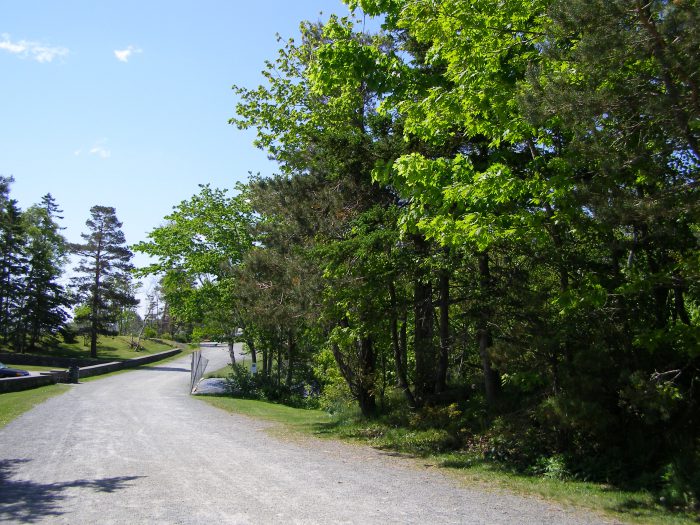Access to Parks and Cellphone Technology
As the temperature begins to warm up I am happy to continue a project that relies on nice weather and lush parks! Working under Dr. Daniel Rainham in his Spatial Information for Health Knowledge lab, we have the opportunity to partner with both Waterloo University, and Wilfrid Laurier University to explore some exciting smartphone based research. The basis of this pilot project is to investigate the use of green space, or parks, by older adults and their health outcomes, such as happiness and memory. Collecting data in the least invasive way provided the chance to test out an app developed by the company MetricWire.
This app has the ability to prompt surveys based on the location of the participant, which are determined by the researchers, and in our case trigger a survey during a time period spent within green spaces. The data are collected in real time and pushed to our servers for analysis and confidential storage. Our Nature Experience Sampling Trial (NEST) was an ideal project to explore the application capabilities and integrate the use of smartphones into the research. People increasingly carry and use smartphones, hence the collection of data to those who consent is a powerful tool to understand the use of space, and its relationship to health.
Initially, we used ArcMap to identify and create polygons around parks, or accessible natural landscapes within the boundaries of the most densely population regions throughout Halifax Regional Municipality. This extensive list was then imported into the app, and set to trigger a survey when a participant spends a predetermined amount of time within the confines of our green space polygon. This survey will ask some basic questions about the participants’ location, their current mood, and simple tests of memory. In addition to the tests being asked whilst in green space the surveys will prompt during the day at a random time to ask questions while outside of green areas.
The study design is a pre/post intervention that gauges a baseline without visits to a natural park, then asking participants to visit parks for a minimum amount of time a week as an intervention. After this ‘green intervention’ we will continue to record smartphone survey results to monitor any change. The use of ArcMap’s software to identify green spaces, paired with MetricWire’s user friendly app makes data collection and analysis minimally invasive and organized.
We hope that green spaces prove to be an effective method to promote cognitive engagement and boost overall mood in older adults. With the new smartphone app being released, we hope to gain insight into how technology can move research forward. As such powerful phones continue to become commonplace, I believe they can become a strong tool for data collection. Anecdotally, I know when I go for a nice walk in a park I feel refreshed and ready to take on new challenges!


